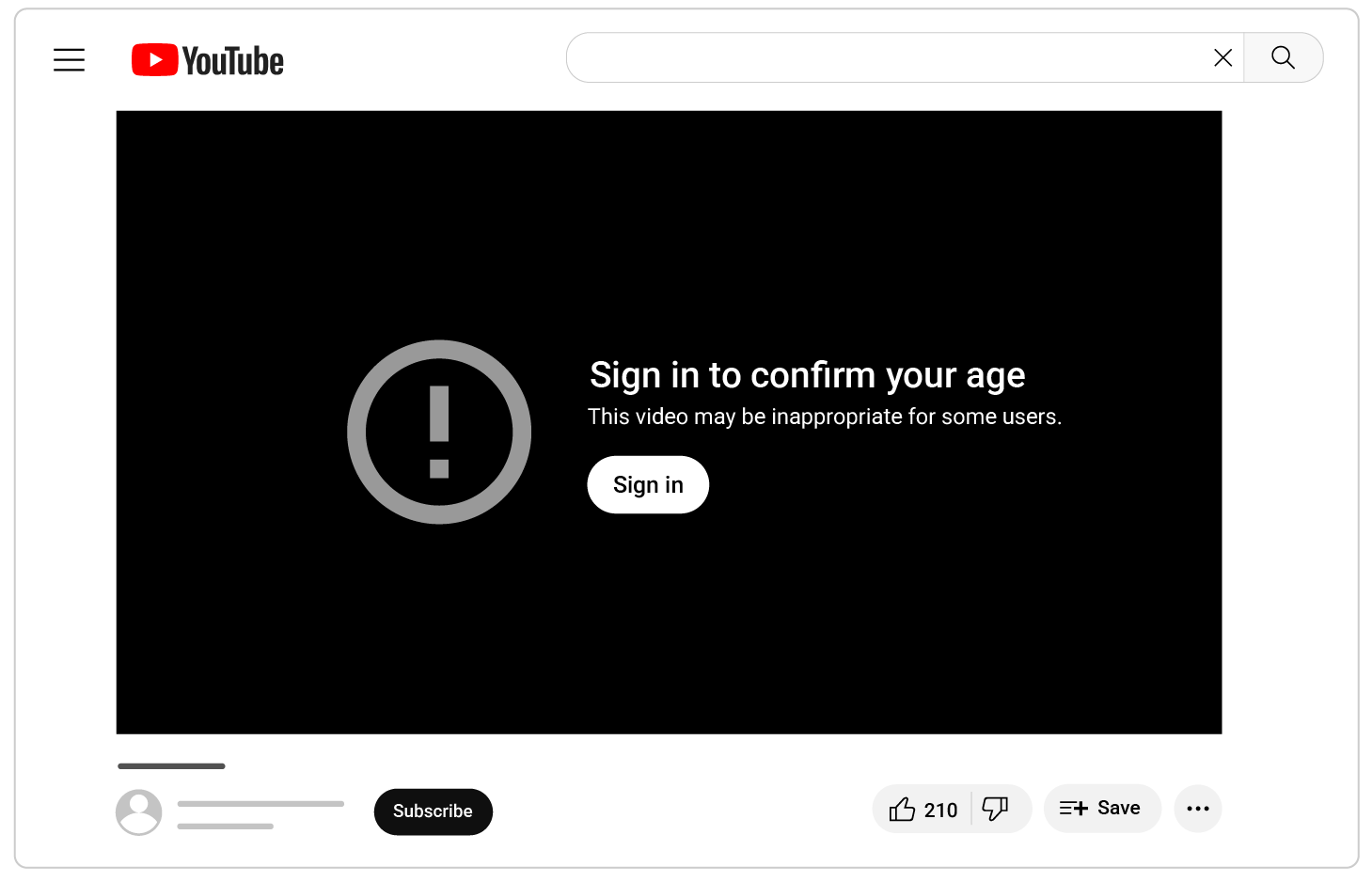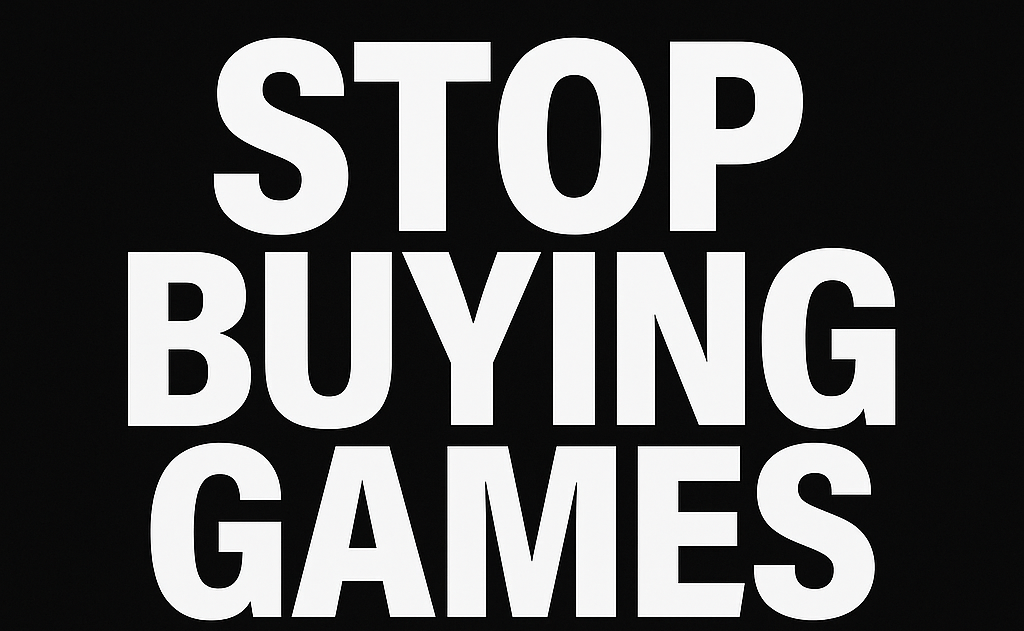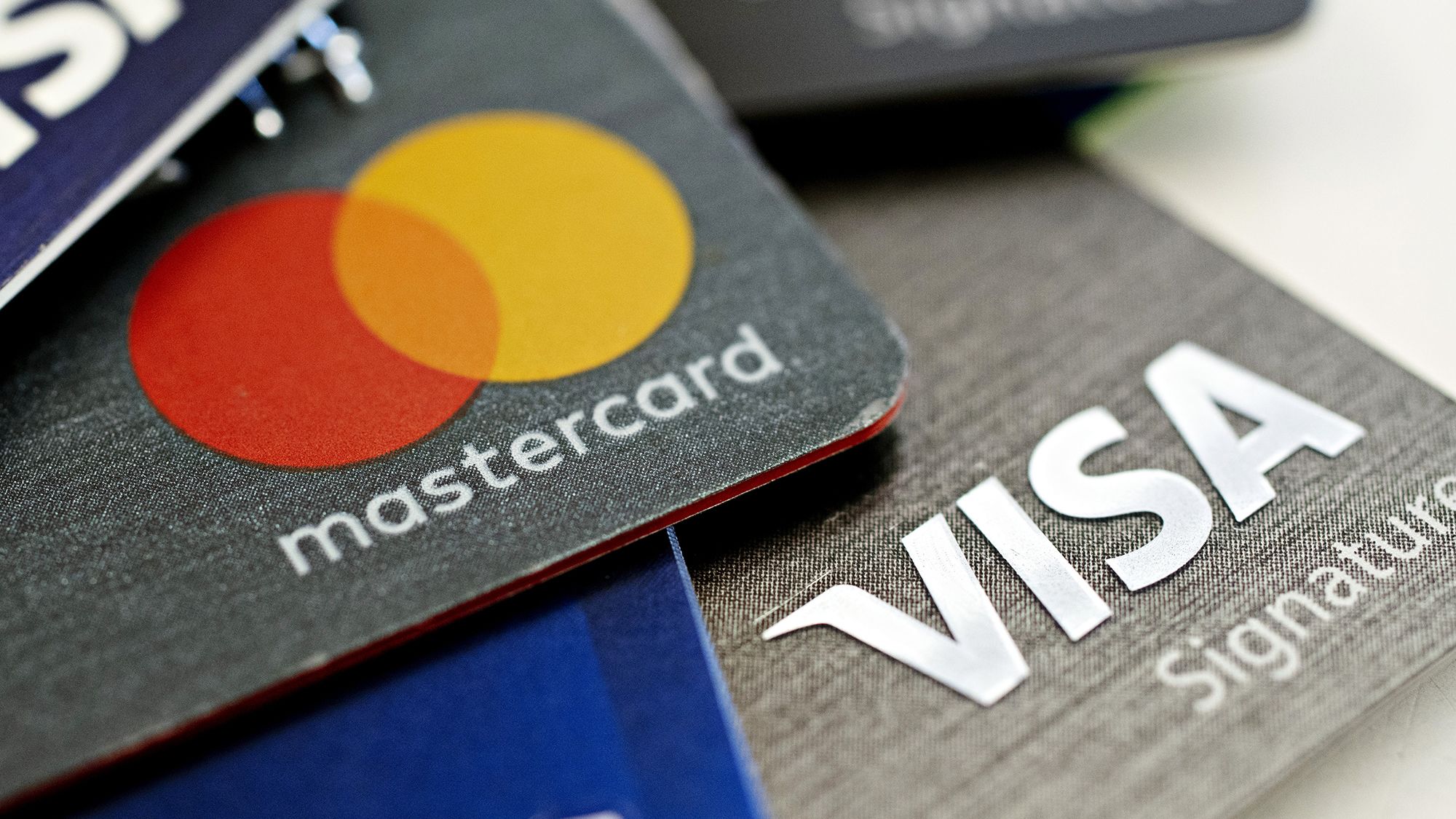In a move framed as child protection, YouTube has begun rolling out an artificial intelligence system in the United States that estimates the age of its users, not based on the birthdate entered, but on behavioral patterns. While this may sound like a safeguard, it also signals a deeper shift toward algorithmic control over what content people, especially minors, are allowed to see.
According to Google, the system analyzes “a variety of signals” to guess whether a user is under 18. These signals include what kinds of videos are watched, search behavior, and how long an account has been active. If the AI determines that someone is likely a teen or child, it automatically activates restrictions: disabling personalized ads, enabling “digital wellbeing” tools, limiting repeated viewing of certain videos, and filtering what content can be recommended.
But critics argue that behind the veil of digital safety lies a far more troubling reality: the tightening grip of automated gatekeeping over access to information. If the AI gets it wrong, users must verify their age through government-issued ID, a credit card, or a selfie, effectively tying real-world identities to online activity, raising obvious privacy concerns.
Google claims the system has already been tested successfully in other markets. But the expansion in the U.S. comes at a time when governments across the globe are ramping up control over the internet. Australia’s new policy bans users under 16 from using YouTube entirely, and the UK’s Online Safety Act demands sweeping censorship measures to shield children from so-called “harmful” content.
The term “harmful,” however, remains disturbingly vague. It could just as easily apply to independent journalism, civil rights activism, or political dissent as it does to graphic violence or adult material. Under the guise of protecting youth, tech giants are increasingly positioned as arbiters of what is and isn’t acceptable knowledge. Teens, arguably one of the most curious and politically aware demographics—may find themselves boxed into algorithmically curated digital playpens that subtly shape their worldview.
The real danger isn’t just a misfire by the AI. It’s the precedent: a platform deciding what is appropriate for you to know based on a statistical guess, and making you jump through hoops to prove otherwise. If a minor is misclassified, or classified correctly but wants to explore the full spectrum of ideas, they’re effectively shut out of uncensored discourse.
This isn’t just about ads or screen time reminders. It’s about access to the unfiltered internet, which has long been a crucial tool for education, identity formation, and grassroots mobilization. Replacing open exploration with algorithmic nannying may create a generation conditioned to accept limited versions of truth, carefully pruned and sanitized by corporations with global agendas.
In an era where governments increasingly pressure tech companies to enforce moral and political boundaries, AI-powered age gates become more than a protective measure, they become instruments of quiet censorship. And once this level of control is normalized, it’s unlikely to stop with minors.
The rollout begins with a “small set” of U.S. users in the coming weeks, but YouTube has made it clear this is just the beginning. What remains unclear is how far these systems will go, and how many voices will be silenced in the name of safety.





